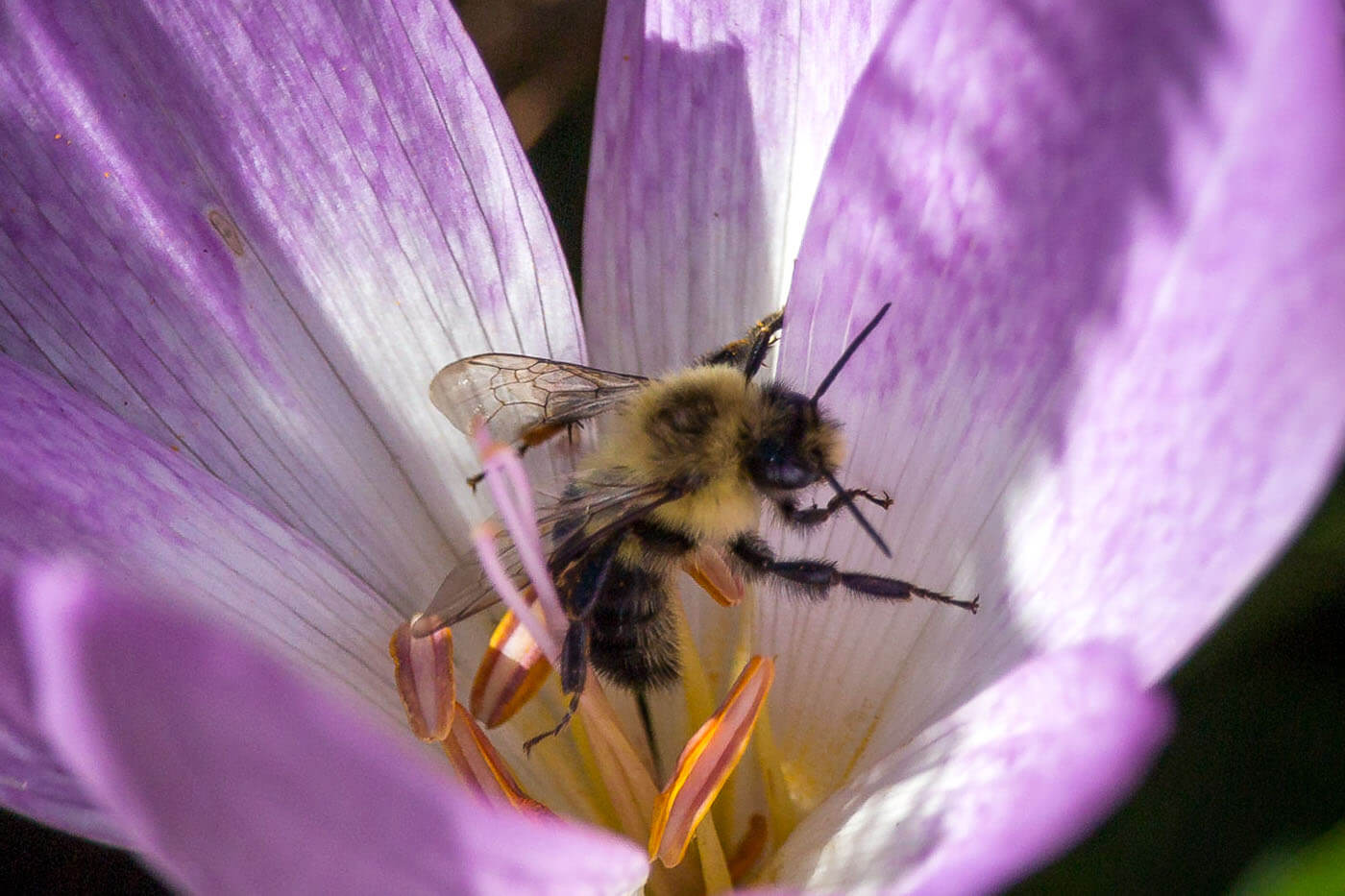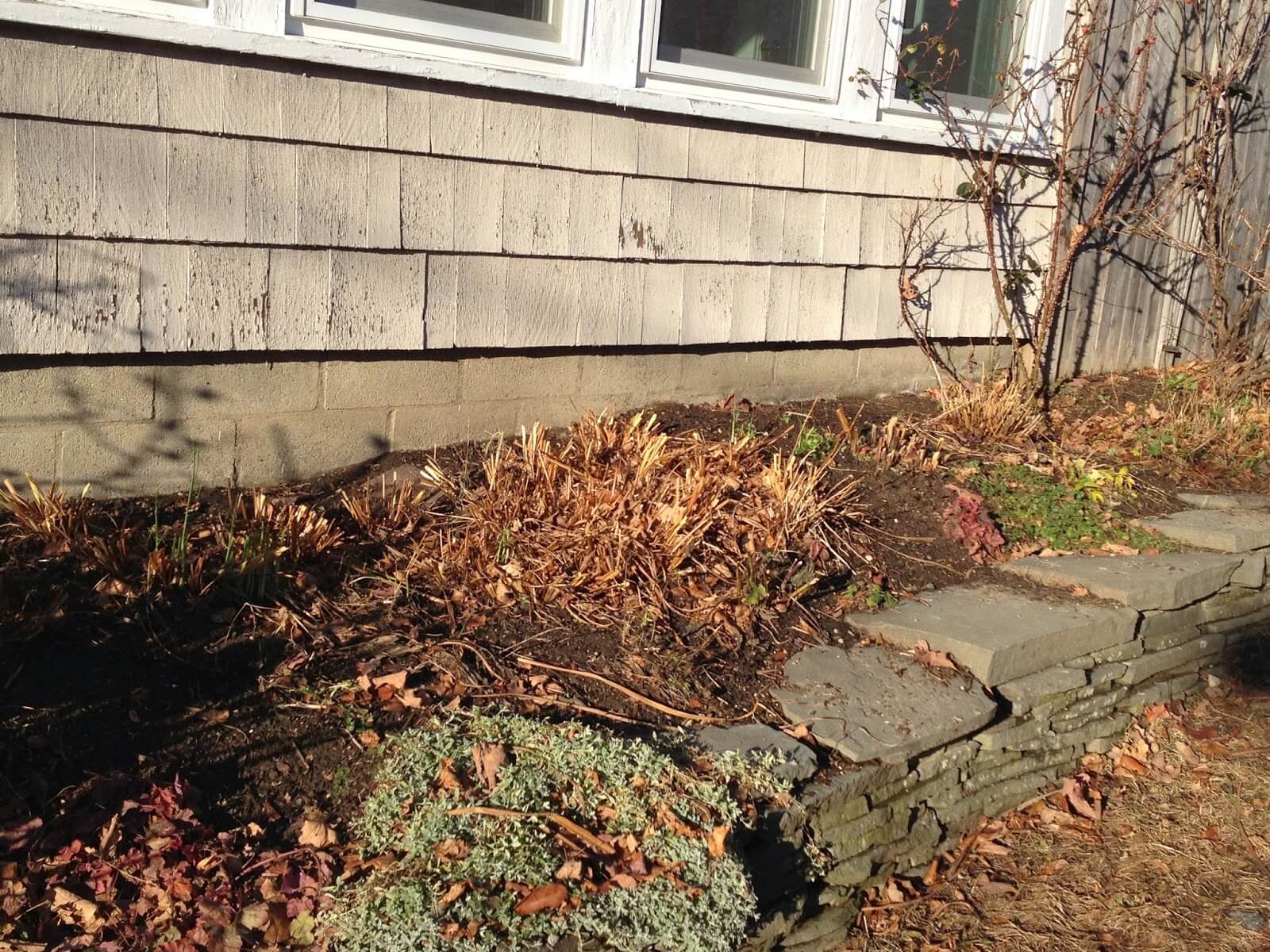The Basics
April brings out the eager gardener in everyone. We want to get out there and cut back perennials, prune shrubs, and putter about in the sunshine. Here are a few essential tips for opening your flowering gardens this spring.
Tip one: Understand your soil
Don’t rush Spring. It’s essential to wait until the soil in your garden is warm and dry. Working in a cold and wet garden can lead to soil compaction, which isn’t good! Walking on cold, damp soil crushes pore spaces—the little air pockets between soil particles. Crushed soil pore spaces can lead to soil compaction and poor drainage. So, when it rains or you water, the water runs off your garden instead of percolating into the soil.
Tip two: Clean out winter debris
As spring bulbs emerge, it’s time to start cleaning debris from your flower gardens. This means removing any matted-down leaves, last year’s perennial stems, or ornamental grass blades. It’s important to remember that many beneficial insects, including tiny native bees and predators, spend the winter sheltered in hollow plant stems as adults or pupae. Cutting down dead plant stems too early in the spring can disturb them before they have had a chance to emerge.

I use my hand (I wear a glove) to rake matted leaves from my gardens instead of a formal garden rake. By raking debris with my hand, I can leave as much garden mulch intact as possible, saving me money on mulch replacement.
Cut back perennial stems using sharp pruners, while ornamental grass blades can be cut back using sharp hedge clippers. Neither needs to be cut right back to the ground or into the plant’s crown. Cut back perennials to about three to four inches from the ground. In comparison, ornamental grasses can be cut to a height of six to eight inches, which is more than adequate.


Tip three: Tidy up shrubs
Most flowering shrubs require a bit of a ‘tidy up’ rather than a ‘cut it all down’ prune in spring. If your shrubs have been in the ground for less than three years, spring clean-up is a breeze. Here’s what you need to do:
- Remove any broken branches or stems with sharp pruners.
- Remove any dead (last season’s) blooms.
- Remember, if it flowers in the spring (April, May or June), now is not the time to prune. Prune after they bloom. Spring-blooming shrubs set flower buds in the fall. A hard spring pruning can remove or damage new flowers. Here is a short list of shrubs that flower in spring.
- Forsythia
- Lilac
- Ninebark
- Serviceberry
- Deutzia
- Weigela
- Shrubs that bloom in the summer (July, August, and September) are safe to prune now, as they set flower buds in the spring and summer. Here’s a short list of summer-blooming shrubs.
- Hydrangea
- Spirea
- Potentilla
- Rose of Sharon
- Summersweet
If you’re not sure of what or how to tidy your shrubs, shoot me an email.
Tip four: Weed, weed, and weed
Garden weeds that appear in the spring are easy to remove because they have shallow roots. You can pull small weeds by hand or use an old table fork (this works really well) to get weeds out. Very clever! Weeds can be cultivated using a sharp hoe to slice the undesired plant just below the soil line so they shrivel up and die. For larger, more developed weeds, you must get the shovel to dig out and attack weeds at their roots. Note: For smaller weed removal, garden soil should be a bit damp for best results. However, using a garden hoe or shovel for weed removal, it is best to wait until the soil is warm and the gardens are dry. “Weeds are nature’s graffiti.” ~ J.L.W. Brooks
Tip five: Feed your plants and water well
Trees, shrubs, perennials and ornamental grasses need fuel to produce luxurious blooms, sturdy stems and vigorous leaves. Late May is the perfect time to apply a well-balanced granular fertilizer (15-15-15) to all plants. There is no need to purchase fertilizer for every type of plant in your yard. A balanced fertilizer is all you need. Fertilizer can be applied around the plant root zone (side-dress) with perennials that require only a couple of tablespoons of feed. More extensive, mature trees do best with about two to three cups of fertilizer spread around the tree’s root zone. Make sure the fertilizer granules do not cluster in the crown of the plants, as it may cause burning. Water in fertilizer well after feeding.
Tip six: Mulch has a job
Mulching helps retain soil moisture by providing a protective layer between the soil, sun, and drying winds. It keeps soil cool, which helps prevent crusting and leaching, and inhibits the growth of weed seeds. Natural organic mulches add humus as soil organisms like earthworms break them down. This organic waste (soil aggregates) helps build soil structure. So, mulching is a good thing. It also gives your flowering gardens a professional, finished look.
Moving (or fluffing) your mulch in the spring is essential. I know, right? In the winter, mulch compresses with the weight of snow and ice, leaving a crusty surface. Moving mulch around in the spring breaks up this crust, which, in turn, allows water to reach the soil. If the mulch is not uncrested, water will run off the mulch, leaving plants thirsty. Once you have moved the mulch around, you might find spots with little or no mulch. Now is a great time to top up mulch to a depth of two to three inches for all garden areas.
Enjoy the lovely spring weather by getting out in your gardens. Landscapes for Living!
The Gabby Gardener

2 Comments
Thanks Lexi, I love these tips. I just usually do my own thing so it is great that you have given us the tools to help our gardens flourish!
Great tips as always Lexi! Here’s to wonderful gardens!